Last updated on April 15th, 2024
Featured image: Northern Lights on the shore of the Arctic Ocean. by antonpetrus
An expedition to understand the most pristine place on earth
By Carolyn Ray, Editor-in-Chief, Publisher, JourneyWoman
As part of our exploration of the Top Seven Once-in-a-Lifetime Experiences, this month’s book takes us to the Arctic Circle, a place where seeing the Northern Light is practically guaranteed!
More than a decade ago, Sara Wheeler traveled to Antarctica to understand a continent nearly lost to myth and lore. In the widely acclaimed, bestselling Terra Incognita, she chronicled her quest to find a hidden history buried in Antarctica’s extreme surroundings. Now, Wheeler journeys to the opposite pole to create a definitive picture of life on the fringes. In The Magnetic North, she takes full measure of the Arctic: at once the most pristine place on earth and the locus of global warming.
Inspired by the spiraling shape of a reindeer-horn bangle, she travels counterclockwise around the North Pole through the territories belonging to Russia, the United States, Canada, Denmark, Norway, and Finland, marking the transformations of what once seemed an unchangeable landscape. As she witnesses the mounting pollution concentrated at the pole, Wheeler reckons with the illness of the whole organism of the earth.
Smashing through the Arctic Ocean with the crew of a Russian icebreaker, shadowing the endless Trans-Alaska Pipeline with a tough Idaho-born outdoorswoman, herding reindeer with the Lapps, and visiting the haunting, deceptively peaceful lands of the Gulag, Wheeler brings the Arctic’s many contradictions to life. The Magnetic North is an urgent, beautiful book, rich in dramatic description and vivid reporting. It is a singular, deeply personal portrait of a region growing daily in global importance.
About the Author
Sara Wheeler is the author of two biographies and three books of travel writing, including Travels in a Thin Country: A Journey Through Chile and the best-selling Terra Incognita: Travels in Antarctica. She was brought up in Bristol and studied Classics and Modern Languages at Brasenose College, University of Oxford. After writing about her travels on the Greek island of Euboea and in Chile, she was accepted by the US National Science Foundation as their first female writer-in-residence at the South Pole, and spent seven months in Antarctica.
She was frequently abroad for two years, travelled to Russia, Alaska, Greenland, Canada and North Norway to write her book The Magnetic North: Travels in the Arctic. A journalist at the Daily Telegraph in the UK called it a “snowstorm of historical, geographical and anthropological facts.”
Your book club co-hosts, Wendy and Carolyn, invite you to dress warmly and join us at our monthly book club on October 20 at 8 pm EDT, for a facilitated discussion, its themes, and to share our travel experiences. Our book club operates on a Pay-What-You-Can model. We thank you for your generosity and kindness.
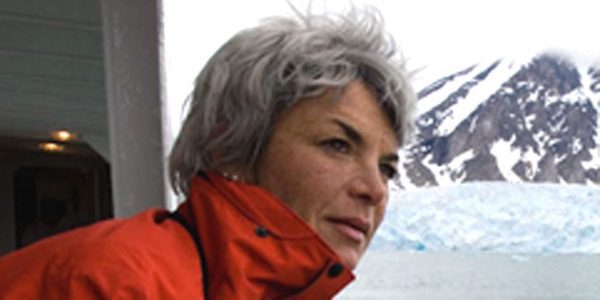
Once-in-a-Lifetime Travel Box: Camino de Santiago, the Northern Lights and Africa
We’ve partnered with the Wordy Traveler to offer you a special subscription box that includes three paperback books (or a code for ebook download), ethically sourced premium tea evocative of the region, a reading light and a JourneyWoman small recycled plastic luggage tag and red JourneyWoman safety whistle/keychain. This allows you to get all three books at a discounted price with plenty of time to read them in advance!
This special box includes:
- The Long Road Home: One Woman’s True Story of Reclaiming Her Life Along the Legendary Camino de Santiago by Alesa Teague
- Our House in Arusha, by Sara Tucker
- Magnetic North: Notes from the Arctic Circle by Sara Wheeler
We’re also including a brand new JourneyWoman luggage tag (made from recycled plastic) and a JourneyWoman safety whistle/keychain. (These aren’t available yet so you are seeing them first!)
Kindle version here Paperback version here
Please put code JWREADS in the coupon section. Prices do not include shipping. Items will ship from the US via the USPS.
Eyes Open in Patagonia: The Breathtaking Consequences of Climate Change
JourneyWoman Publisher Carolyn Ray reflects on climate change while at the Perito Moreno Glacier in Los Glaciares National Park in Patagonia, Argentina.
About the Arctic Circle
The Arctic Circle isn’t just the area around the North Pole: it covers a substantial area of the northern part of our planet. While there are many definitions for the Arctic, the most common is the territory lying north of the Arctic Circle, an imaginary line that circles the Earth at 66°33′N.
The Arctic Circle passes through the Arctic Ocean, the Scandinavian Peninsula, North Asia, Northern America, and Greenland. The land within the Arctic Circle is divided among eight countries: Norway, Sweden, Finland, Russia, the United States (Alaska), Canada (Yukon, Northwest Territories, and Nunavut), Denmark (Greenland), and Iceland (where it passes through the small offshore island of Grímsey). At night, bright aurora borealis are a fairly common sight in the Arctic Circle.
About four million people live north of the Arctic Circle because of the climate. Nonetheless, some areas have been settled for thousands of years by Indigenous peoples, who today make up 10% of the region’s population. (Source: Wikipedia)
Arctic Circle Fun Facts (Source: Mentalfloss)
- Arktos means ‘bear’ and refers not to the region’s native polar bears, but to the constellation containing the North Star, Ursa Minor. (Ursa is Latin for “bear.”)
- The Arctic Ocean is the world’s smallest ocean. It comprises 5.4 million square miles. By comparison, the Atlantic Ocean covers 41.1 million square miles, and the Pacific 62.46 million square miles.
- It’s home to the world’s biggest, most secure seed facility. More than 800 miles beyond the Arctic Circle lies the Svalbard Global Seed Vault, a storage facility run by the Norwegian government. The structure, which was built into the permafrost, holds seeds for more than 4000 plant species—including life-sustaining food crops—keeping them safe in the event of natural or manmade disasters.
- The North Pole is warmer than the South Pole. The Arctic is mostly ocean surrounded by land, while Antarctica is mostly land surrounded by ocean. So while significant portions of both are covered in sheets of ice, the water underneath the Arctic ice cap (which sits only about a foot above the water) can trap heat and help warm the surrounding air. The average summer temperature at the North Pole is 32°F. At the South Pole, it’s -18°F.
Climate Change
The Arctic that most of us grew up with is not the Arctic that our kids or grandkids will encounter. Long-term observations have shown that Arctic temperatures are increasing faster than anywhere else on the planet. This “Arctic amplification” of global warming has led to major and quantifiable changes across the region, from the melting of glaciers and ice sheets, to the thawing of permafrost, the acidification of the ocean, and the changing of the physical environment in all regions of the Arctic, from the upper atmosphere to the deep sea. It is important to remember that Arctic change is not just about the climate and the environment; it also affects people through changes in ecosystems, societal structures and economic opportunities. (Source World Economic Forum)
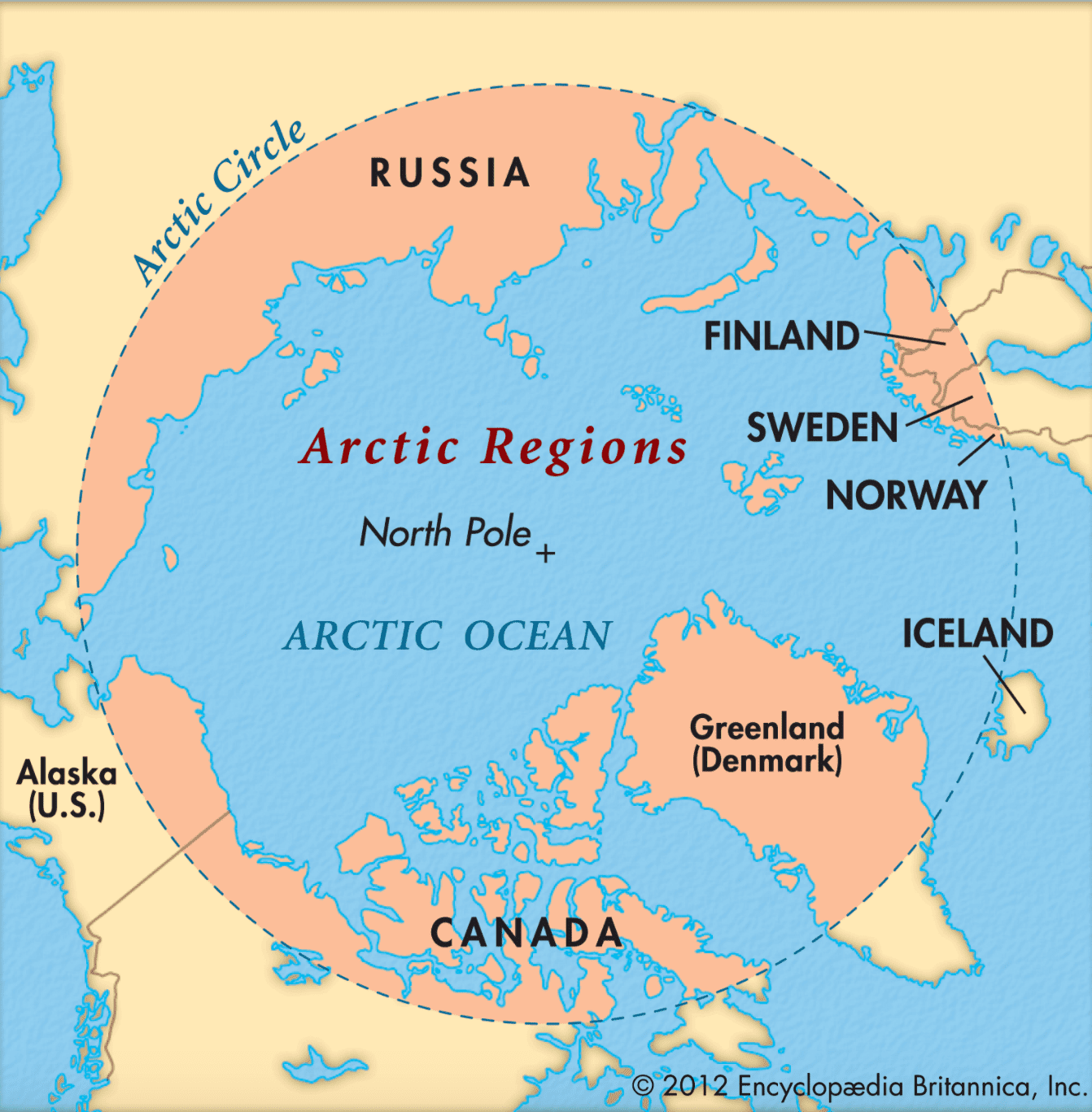
Book Club Discussion Questions (Wednesday, October 20, 2021, 8 pm EDT)
1. What was your favourite part of passage of the book and why?
2. What had been your experience with the Arctic prior to this book?
3. Does the book inspire you to go?
More to come
Featured articles on the North
Oslo for Adventurous Women: Norway’s Warmth Shines Even in the Winter
Oslo offers plenty of activities to ignite your adventurous spirit, including fjord cruises, maritime museums and mouthwatering local food.
What to Do When Travel Plans Go Awry: Adventures in Norway
When an Arctic cruise doesn’t go exactly as planned, here’s how to shift your mindset and embrace the unexpected.
Planning for a Northern Lights Expedition in Norway: Hotels, Apps and Packing
Travel tips for JourneyWoman’s Northern Lights trip with Hurtigruten to Norway, which may just become an annual adventure.
Your Imagination Can Take You Places
Now more than ever, we’re finding camaraderie and inspiration through novels. Join us each month as we discuss a different book, suggested by our community, about a faraway land.

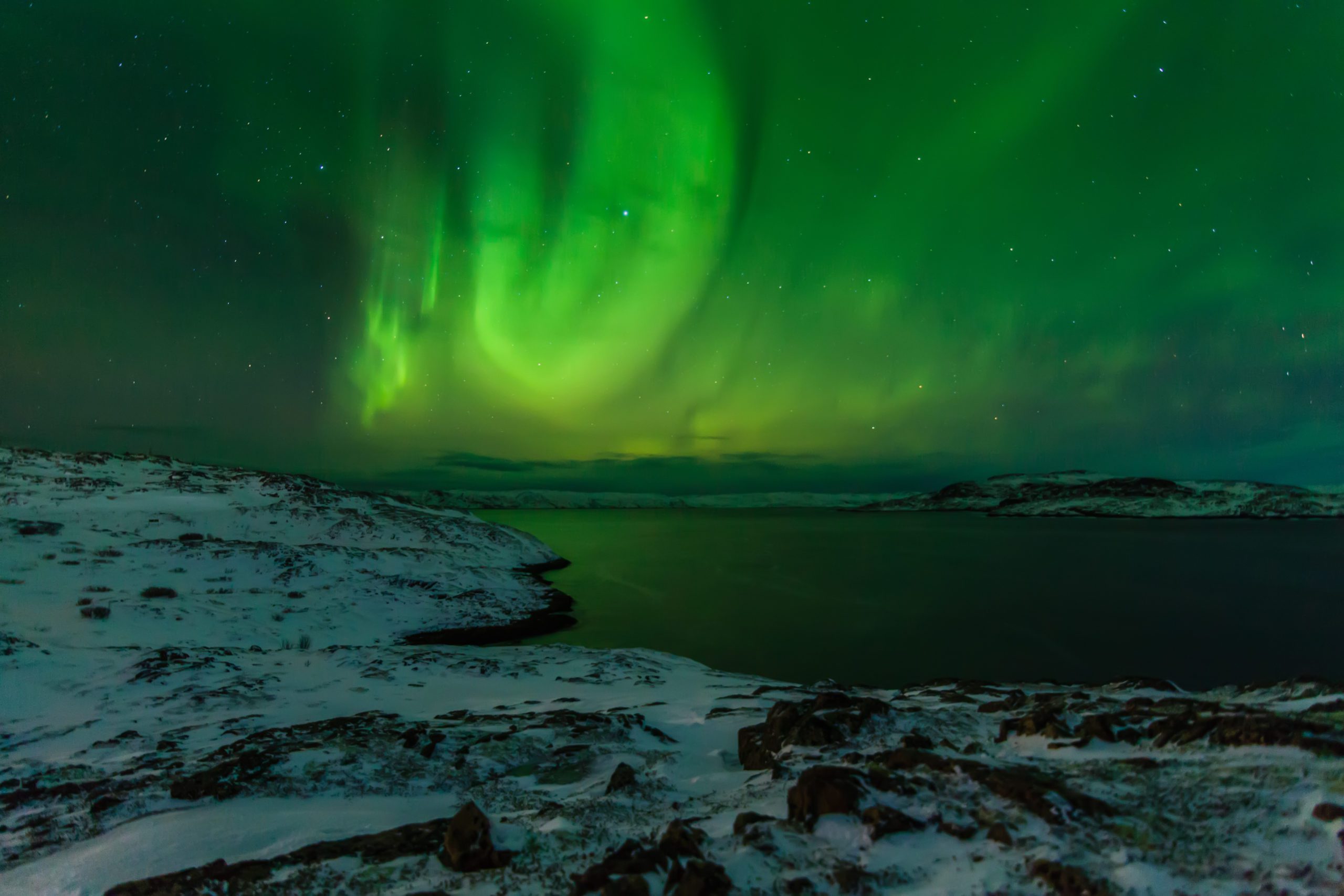

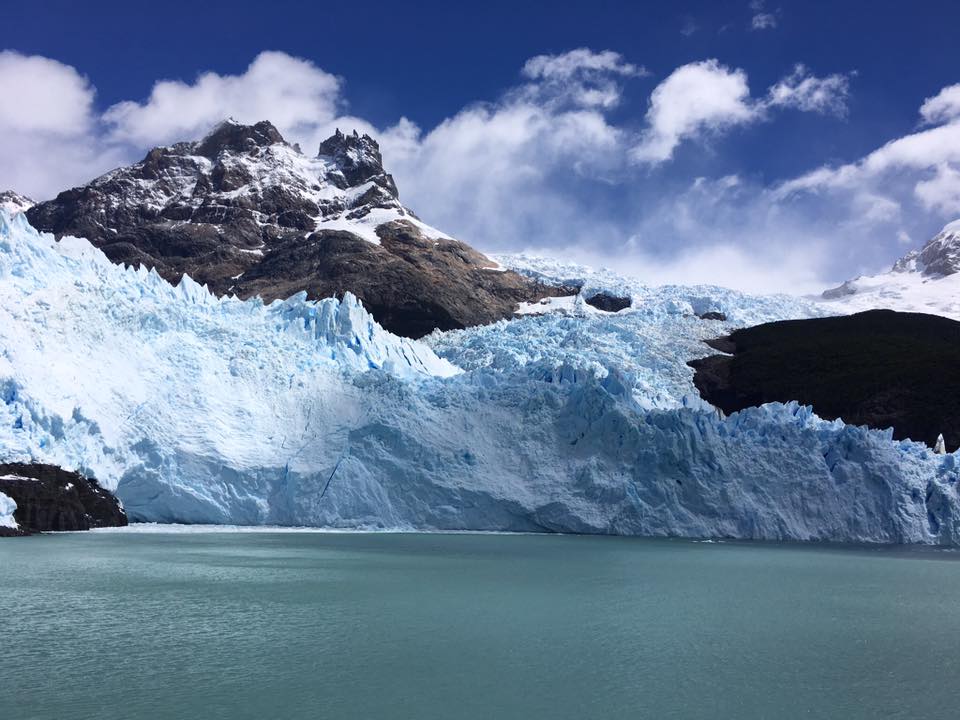
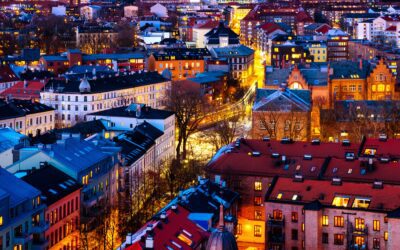
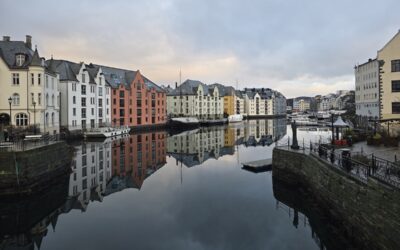
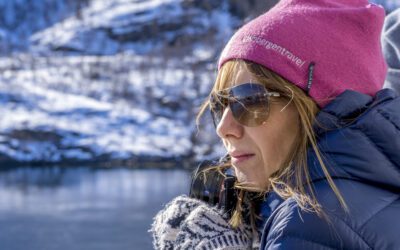
Will you ever get audio books?
Audio books are available on amazon, just follow the link!